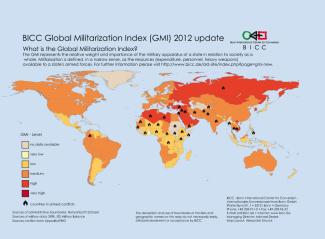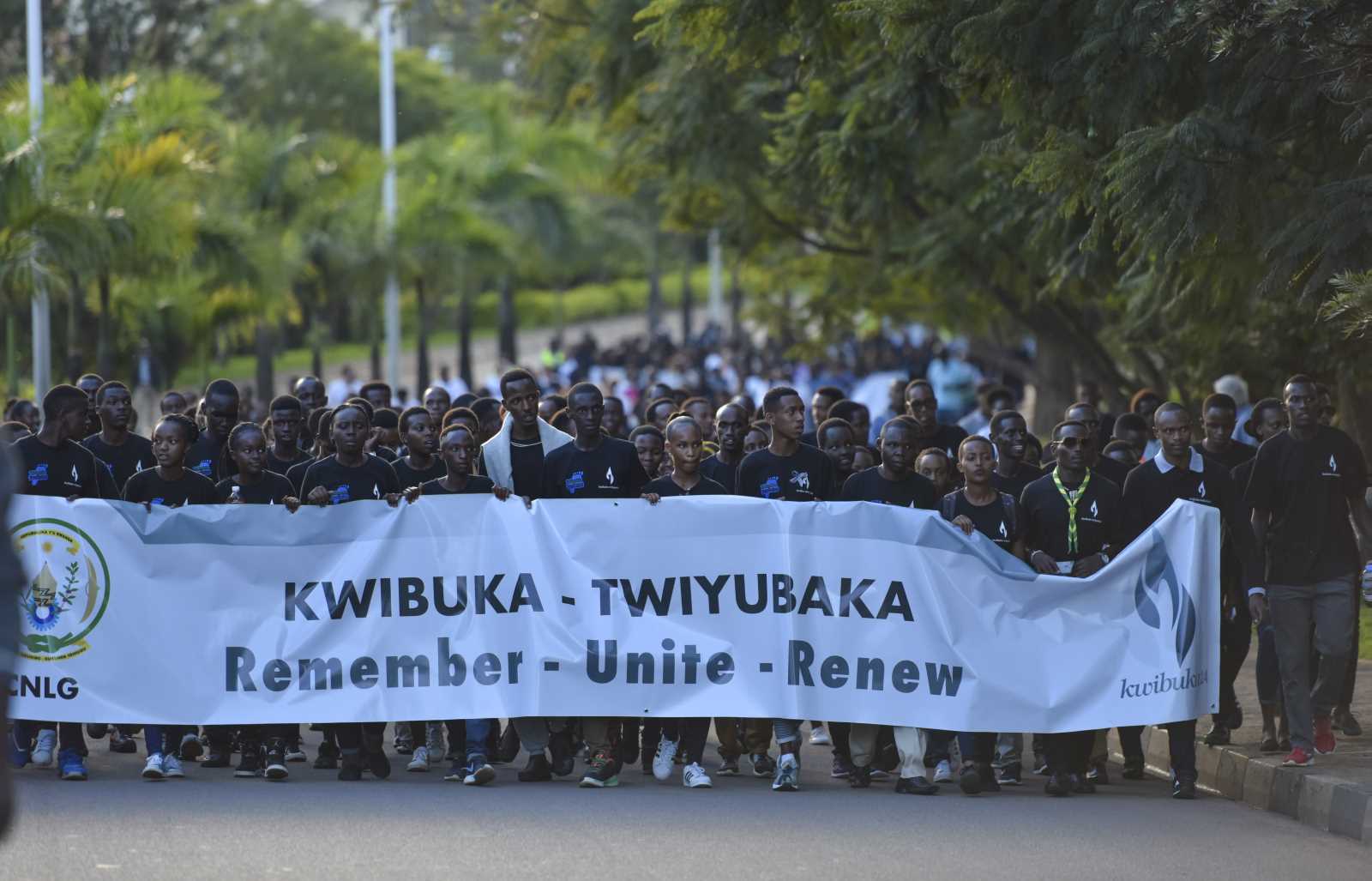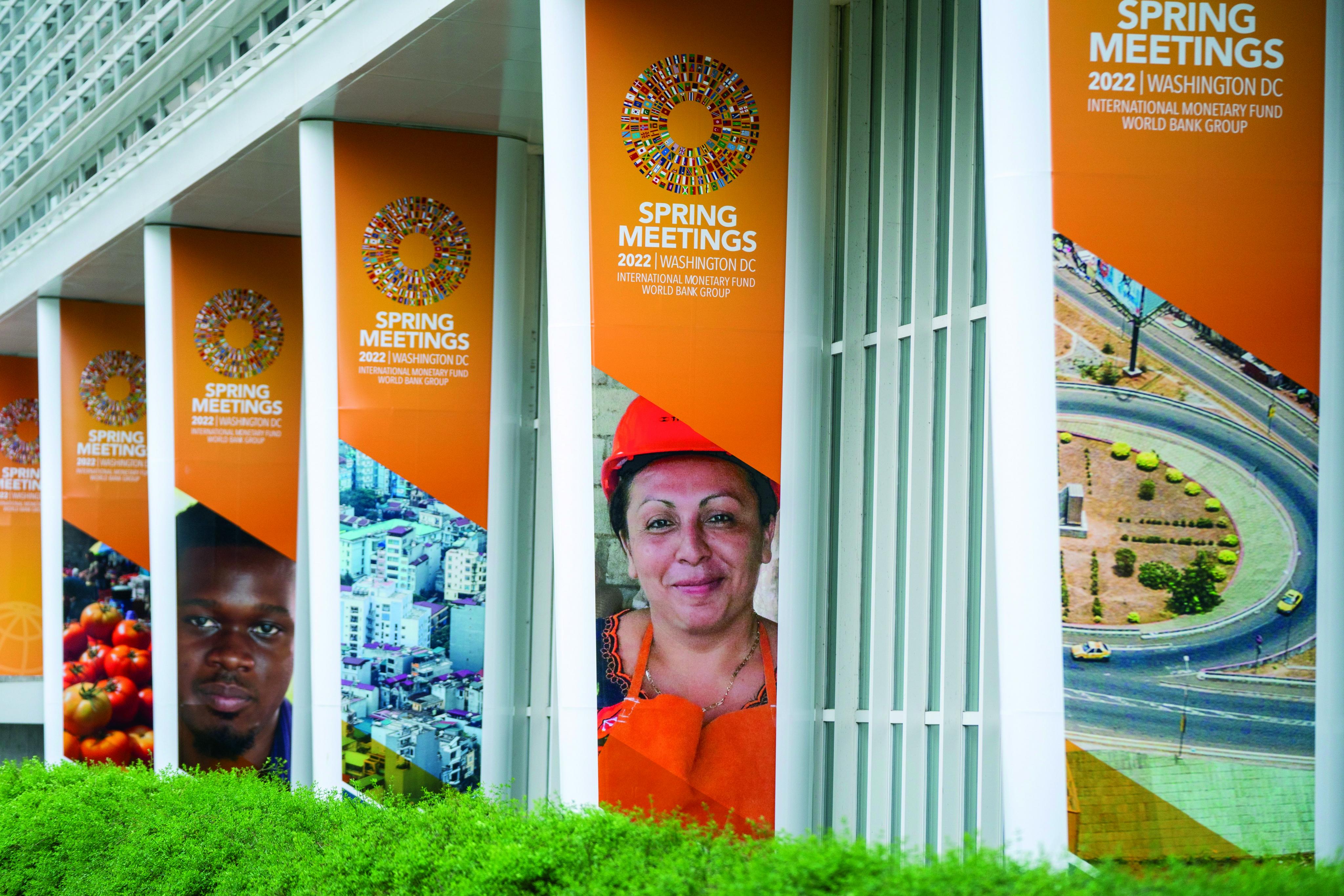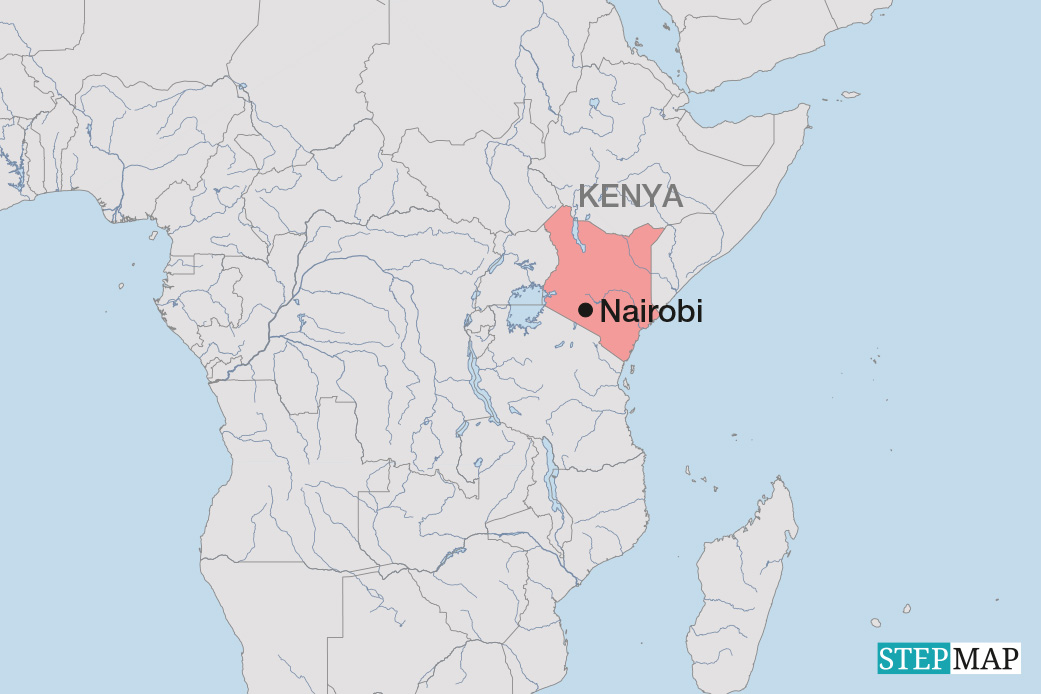Military
Spending fortunes on weapons

After many years of continuously growing military expenditure, such spending was essentially the same in 2011 as it had been in 2010 in real terms. SIPRI estimates that the total sum was about $ 1,738 billion. The levelling-off of military spending is explained with a “very mixed pattern of changes in different countries and regions”. According to SIPRI, military spending was lower in the USA (minus 1.2 %), western and central Europe (1.9 %) and Latin America (3.3 %), whereas spending rose in Asia and Oceania (plus 2.3 %), the Middle East (4.6 %) and Africa (8.6 %).
SIPRI states that it is too early to speak of a longer-term trend. With the Euro crisis continuing, EU member countries are not expected to have money for increased arms purchases in the near future. Any new Middle East conflict “could change the picture dramatically”, SIPRI argues.
First slight drop since 1998
As SIPRI points out, military spending in the USA decreased slightly in 2011 in real terms for the first time since 1998. The experts indicate two important aspects:
- US forces have withdrawn from Iraq and are winding down operations in Afghanistan. Accordingly, Washington could cut spending on Overseas Contingency Operations. This term stands for actually fighting wars, rather than only funding huge military capacities. SIPRI expects this trend to continue “if plans to end combat operations in Afghanistan in 2014 are fulfilled, and if the US does not become involved in any major new war.
- The US Congress passed the Budget Control Act in 2012 to reduce the national debt, and it will affect defence spending.
In Europe, austerity measures have changed spending patterns since 2010, according to SIPRI. The extent to which the military was affected varies from country to country however. The biggest cuts were made by governments that were particularly hard-hit by the Euro crisis, especially Greece (minus 26 % compared with 2008), Spain (minus 18 %), Italy (minus 16 %) and Ireland (minus 11 %). According to SIPRI, Britain, France and Germany have only made “modest cuts” of less than five percent, though Britain and Germany plan more stringent cuts in the future.
Russia and China, however, are increasing military spending. In 2011, the rise was of 9.3 % in Russia and 6.7 % in China, SIPRI reports.
In Latin America, Mexico saw military spending rise by 5.7 % in 2011, according to SIPRI. It was even 52 % above the level of 2002. The main reason was the drugs war, which was stepped up by the government of Felipe Calderón who massively involved the armed forces in tackling illegal cartels.
The increase in Africa was entirely accounted for by the 44 % increase in Algeria. SIPRI states that this is partially a reaction to the crisis in Libya and partially the result of a long-term re-armament programme. Otherwise, military expenditure in Africa was essentially constant, according to SIPRI. The researchers admit, however, that the “figures are highly uncertain due to missing data from various countries”.
The BICC’s recently published annual report offers a host of detailed information on many different countries. It also includes the Centre’s Global Militarization Index (GMI) 2012. The index not only reflects a country’s absolute military spending but assesses it as share of GDP. According to the GMI, the five most militarised countries on Earth are Israel, Singapore, Syria, Russia and Jordan.












